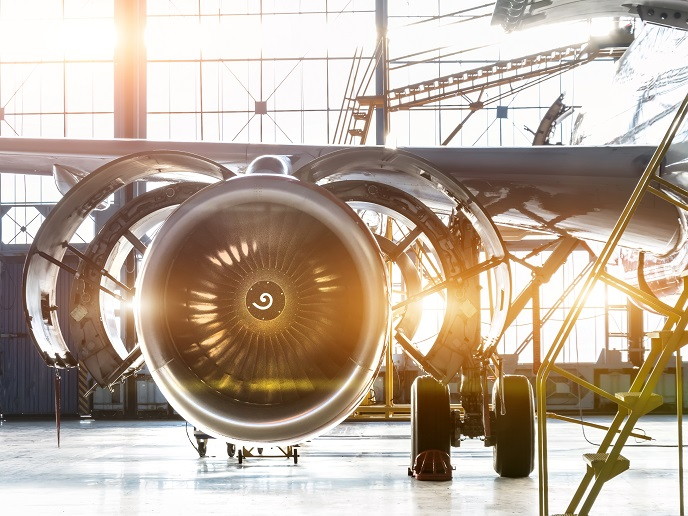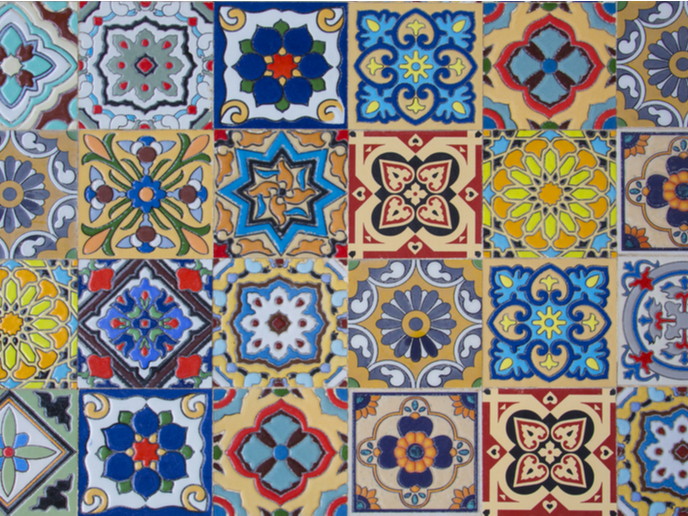Crafting multi-material joints for the cars and airplanes of the future
Carbon Fibre Reinforced Thermoplastic (CFRT) materials are at the cutting edge of technologies for automotive and aerospace industries. Yet the way they are manufactured and assembled can compromise the full potential of their performance. “The traditional joining systems cannot ensure the highest performance that materials might offer in their final products. Using new advanced joining technologies and incorporating multi-material design into the assembly chain, can improve performance,” says Ms Pilar Rey, ComMUnion project coordinator. The ComMUnion project combined several innovative technologies into a robot-led assembly process which will enable the cost-effective manufacturing of high-performance 3D metal and CFRT materials. Through the ComMUnion system, mechanical performance in the automotive sector can be increased by up to 30 %, or the same performance level can be maintained while reducing vehicle weight. This brings environmental benefits as well as functional ones. Using less metal during manufacturing decreases the environmental impact, while weight reduction leads to lower fuel consumption and GHG emissions. “That means a 10-15 % reduction in the carbon footprint and 10 % reduction in the overall environmental impact,” says Rey. As a result of the project’s developments in aerospace technologies, a new field of research has been initiated to implement ComMUnion technologies in future aircraft.
Assembly line of the future
One technological development is the Surface Conditioning Laser Head, which is used for high-speed texturing and conditioning of the surface of the 3D metal components. “Surface patterns are produced using high-speed polygon laser scanning together with a second deflection axis to obtain highly efficient 3D CFRT/metal interfaces,” Rey explains. The team achieved joint strengths comparable to those obtained with high-strength adhesives, through the use of the Lay-up Laser Head. This novel system for high speed manufacturing is able to produce CRFT materials in a tape form, at different lengths and widths, increasing productivity, flexibility and quality. The ComMUnion system also adds a self-adaptive system that can adjust the joining process making incremental changes to ensure the highest possible process quality and accuracy. Producing CFRTs is usually an expensive process, mostly due to the cost of the raw materials. ComMUnion’s approach is to use these materials only when needed, rather than trying to substitute an entire metal component by a multi-material composite version. This brings down costs, too. “There is a lack of knowledge about these materials and how they work in multi-material components. Understanding and applying the CFRT knowledge to the multi-material design will shorten the time to implement these solutions,” says Rey.
Advanced materials
The project ran two pilots for automotive and aeronautics to demonstrate the scalability of the joining process with different metals (titanium and high strength steel) and CFRTs. The next steps for the ComMUnion project are to continue disseminating and exploiting results, either in collaboration with partners or alone. This involves applying for fresh funding for new projects or participating in clustering initiatives promoted by the European Commission. Examples include the DIMOFAC project, in which some of the ComMUnion partners will continue to explore these technologies, or the Common Dissemination & Exploitation Booster, in which a cluster of projects, even once they have been completed, continue to exploit their results to achieve new goals.
Keywords
ComMUnion, joining, aerospace, automotive, robotics, technologies, metals, carbon fibre







